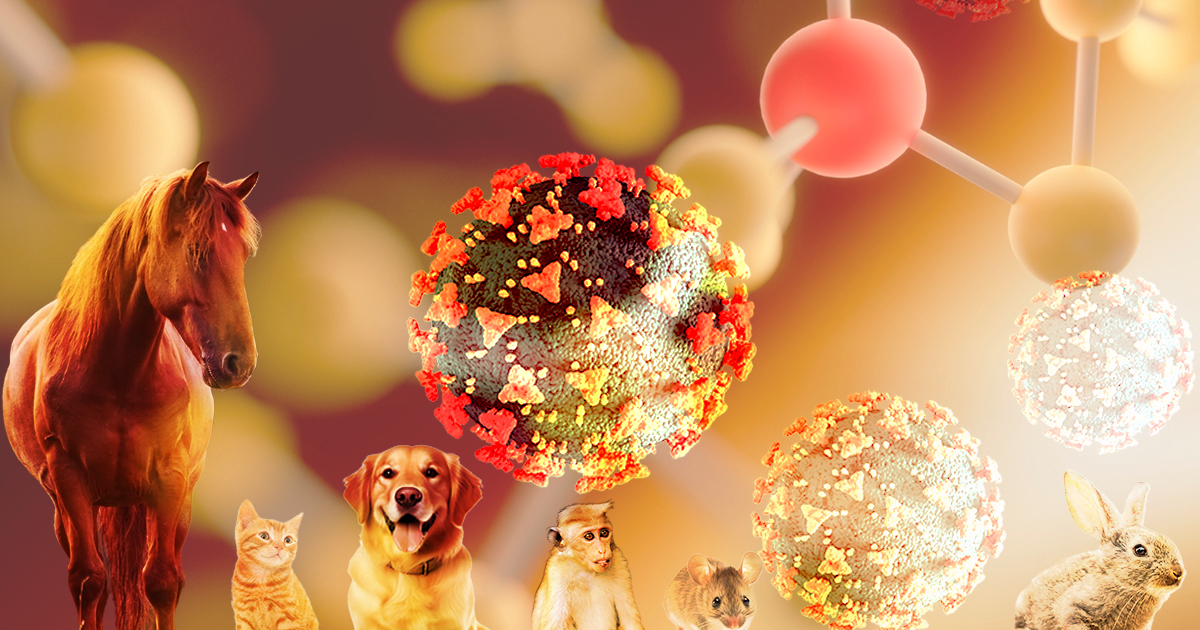Advancements and Perspectives in Animal-Based Cancer Research
A special issue of Veterinary Sciences (ISSN 2306-7381). This special issue belongs to the section "Anatomy, Histology and Pathology".
Deadline for manuscript submissions: closed (31 May 2025) | Viewed by 8278

Special Issue Editors
Interests: cancer endocrinology; cancer metastasis; reproductive endocrinology; tumors; endocrine disruption; lymphangiogenesis; xenograft model; hormonal analysis; comparative endocrinology; canine and human inflammatory breast cancer; angiogenesis processes
Special Issues, Collections and Topics in MDPI journals
Interests: histology; pathological anatomy; comparative oncology; endocrinology; domestic and wild animals
Special Issues, Collections and Topics in MDPI journals
Special Issue Information
Dear Colleagues,
Cancer is the "exclusive disease" of multicellular animals, and also widely exists in different multicellular species. It is not only humans who are diagnosed with cancer each year, such as melanoma, osteosarcoma, lymphoma and more, but also millions of animals. Based on this, an increasing number of animal models have been used in cancer research. Not only does the application of animal provide a variety of research methods for cancer research, such as genetic engineering and xenotransplantation, but also new research perspectives for the clinical and medical treatment of cancer.
For the most part, veterinarians and doctors are believed to originate from completely different disciplines, with little correlation between them. However, research on animal cancers has greatly enriched the biomedical information base, and is of great significance for human and animal oncology. Unfortunately, many researchers are still unaware of the clinical data value of animal tumor studies.
We hope that through this exchange, scholars can better understand the methods and techniques applied to animal models in cancer research and explore more effective interventions for the disease. We invite you to share your latest achievements and discoveries in this Special Issue.
Dr. Sara Cáceres Ramos
Dr. Paloma Jimena De Andrés Gamazo
Guest Editors
Manuscript Submission Information
Manuscripts should be submitted online at www.mdpi.com by registering and logging in to this website. Once you are registered, click here to go to the submission form. Manuscripts can be submitted until the deadline. All submissions that pass pre-check are peer-reviewed. Accepted papers will be published continuously in the journal (as soon as accepted) and will be listed together on the special issue website. Research articles, review articles as well as short communications are invited. For planned papers, a title and short abstract (about 100 words) can be sent to the Editorial Office for announcement on this website.
Submitted manuscripts should not have been published previously, nor be under consideration for publication elsewhere (except conference proceedings papers). All manuscripts are thoroughly refereed through a single-blind peer-review process. A guide for authors and other relevant information for submission of manuscripts is available on the Instructions for Authors page. Veterinary Sciences is an international peer-reviewed open access monthly journal published by MDPI.
Please visit the Instructions for Authors page before submitting a manuscript. The Article Processing Charge (APC) for publication in this open access journal is 2100 CHF (Swiss Francs). Submitted papers should be well formatted and use good English. Authors may use MDPI's English editing service prior to publication or during author revisions.
Keywords
- animal models
- cancer
- tumour
- histopathological
- clinical
Benefits of Publishing in a Special Issue
- Ease of navigation: Grouping papers by topic helps scholars navigate broad scope journals more efficiently.
- Greater discoverability: Special Issues support the reach and impact of scientific research. Articles in Special Issues are more discoverable and cited more frequently.
- Expansion of research network: Special Issues facilitate connections among authors, fostering scientific collaborations.
- External promotion: Articles in Special Issues are often promoted through the journal's social media, increasing their visibility.
- Reprint: MDPI Books provides the opportunity to republish successful Special Issues in book format, both online and in print.
Further information on MDPI's Special Issue policies can be found here.







